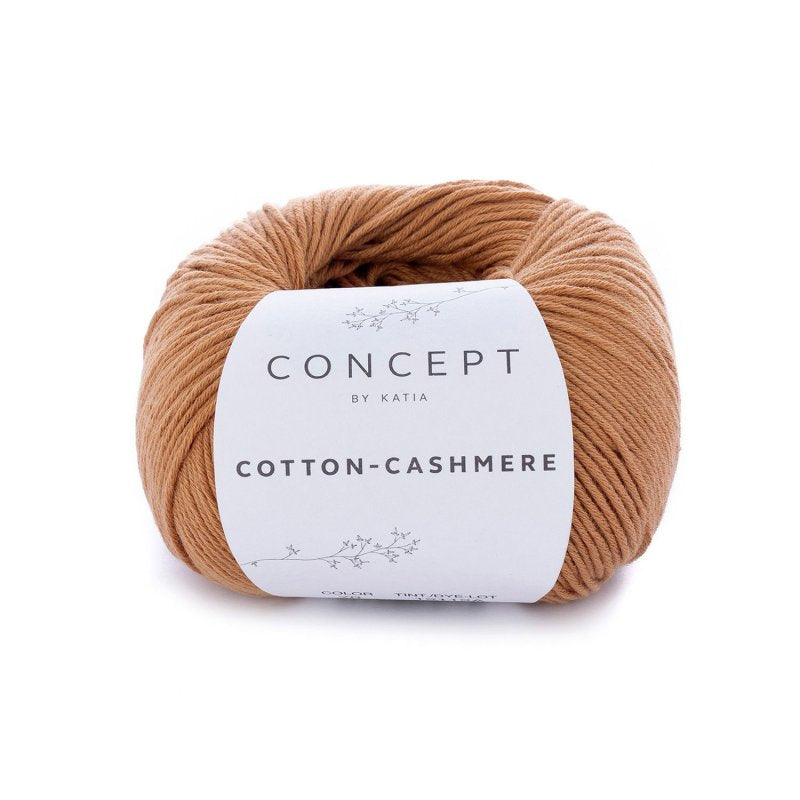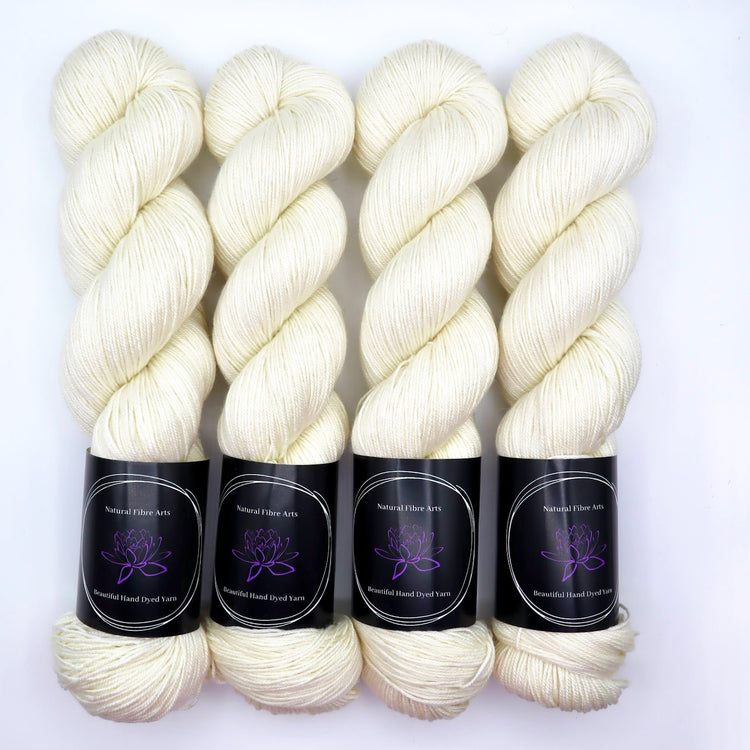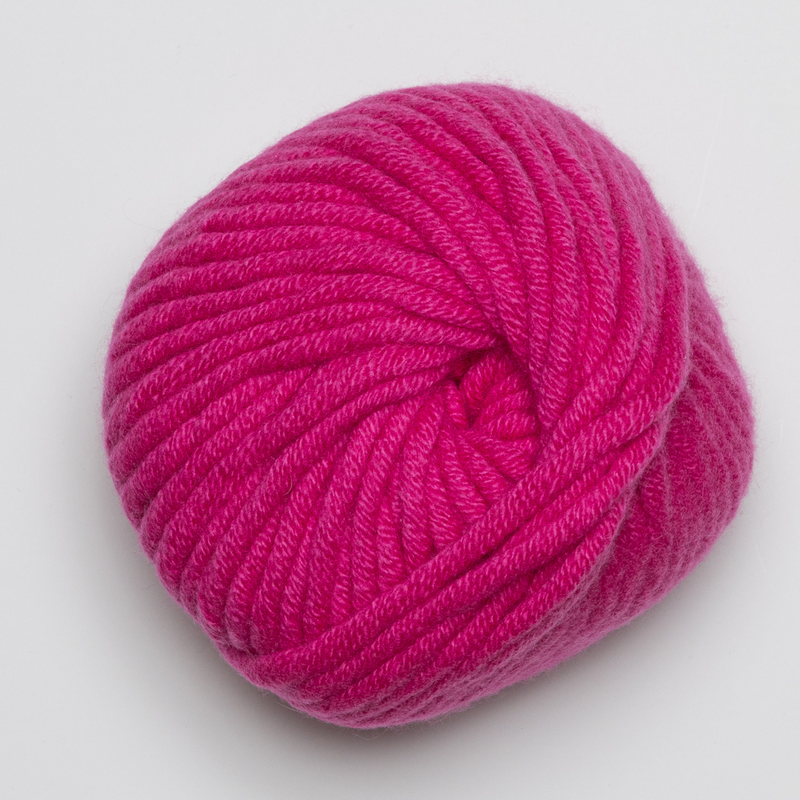Is Cashmere a Natural Fiber? Exploring Its Pure Origins and Uses
Is Cashmere a Natural Fiber? Exploring Its Pure Origins and Uses
Blog Article
Recognizing the Different Types of Cashmere a Natural Fiber and Their Unique Advantages

The Origins of Cashmere: A Historic Introduction
While the luxurious touch of cashmere proceeds to beauty modern-day customers, its origins trace back to the severe, cold environments of Mongolia and the Himalayas. For centuries, the native individuals of these areas have been elevating Capra Hircus goats, the prime source of cashmere wool. These goats, resilient against the serious winter seasons, expanded a great undercoat to make it through, which later became recognized as cashmere. The name itself pays homage to Kashmir, an area in India where the wool was initially processed. Much of the early cashmere profession route was helped with by the Silk Road, connecting Asia with the Center East and Europe. In spite of its international spread, the finest cashmere is still believed to stem from the initial regions of Mongolia and the Mountain Ranges.

The Manufacturing Process: From Goat to Garment
Shearing a Capra Hircus goat marks the creation of the detailed cashmere production procedure. This delicate procedure normally occurs once a year during spring. The fine, soft undercoat is then divided from the coarser outer hair, a process called dehairing. The resultant raw cashmere is then cleaned to eliminate contaminations such as dirt, vegetable, and oil matter.
The clean fiber goes through dyeing, rotating, and weaving, or knitting, to transform it right into a fabric. Complex procedures like quality assurance checks and completing procedures follow, making sure completion item maintains the extravagant requirement expected of cashmere. This painstaking process, from goat to garment, validates the high price affixed to cashmere items, making them a sign of high-end and improvement.
The Different Kinds of Cashmere: An Extensive Analysis

The Distinct Benefits of Cashmere: Convenience and Sustainability
Moving from the selection of cashmere kinds news to the benefits they supply, comfort and sustainability attract attention prominently. Cashmere, an all-natural fiber, is renowned for its unmatched soft qualities, offering a degree of convenience that artificial fibers can not match. The material's agility, yet outstanding heat retention, makes it optimal for all seasons. Additionally, cashmere's natural flexibility allows it to return to its original form, making it resistant to stretching or diminishing.
When it pertains to sustainability, cashmere is sustainable and eco-friendly, as it's harvested from cashmere goats that regrow their layers every year. what is cashmere. Unlike artificial fibers which can take hundreds of years to disintegrate, cashmere's influence on the environment is marginal. This mix of convenience and sustainability makes cashmere a helpful choice for mindful consumers

Taking Care Of Your Cashmere: Maintenance and Preservation Tips
While cashmere is undoubtedly a lasting and lavish option, it requires specific care to maintain its quality and expand its life expectancy. To begin, cashmere ought to be hand washed utilizing cold water and a mild cleaning agent. Cashmere items should be saved in a awesome site and dry location, away from straight sunlight and wetness.
Spending in Cashmere: Comprehending Its Worth and Well Worth
Although cashmere might at first seem like a pricey investment, its long-term value and worth come to be apparent when you consider its amazing top qualities. Recognized for its exceptional gentleness and heat, cashmere is a premium natural fiber that outshines various other products. Investing in cashmere, therefore, is not simply concerning existing style fads, however about accepting a lasting, resilient, and luxurious way of life.
Conclusion
In recap, the type of cashmere one chooses, be it Mongolian, Chinese, or Italian, is dictated by individual preferences for heat, spending plan, sustainability, and high-end. Recognizing the beginnings, production process, and distinct benefits of different kinds of cashmere can assist consumers in their financial investment in this extravagant all-natural fiber.
Whether it's the extraordinary warmth of Mongolian cashmere, the affordability of Chinese cashmere, or the eco-conscious production of Italian cashmere, there's a tale to be found behind each fiber type. Cashmere, an all-natural fiber, is renowned for its unparalleled softness, offering a degree of comfort that artificial fibers can not match.When it comes to sustainability, cashmere is naturally degradable and renewable, as it's gathered from cashmere goats who regrow their coats annually. Understood for its informative post unmatched soft qualities and warmth, cashmere is a premium all-natural fiber that exceeds other materials. Recognizing the origins, production process, and unique advantages of different types of cashmere can direct customers in their financial investment in this luxurious natural fiber.
Report this page